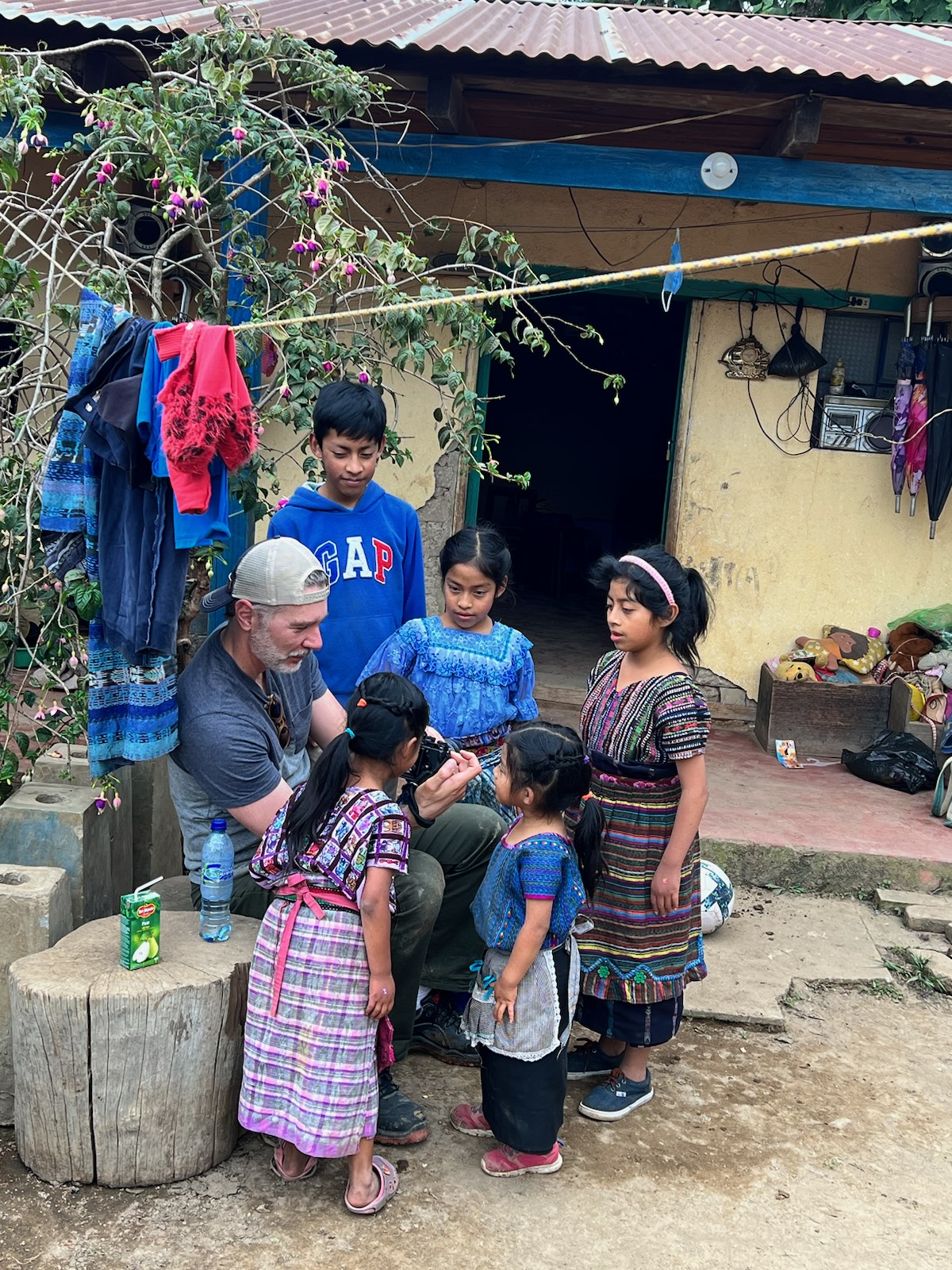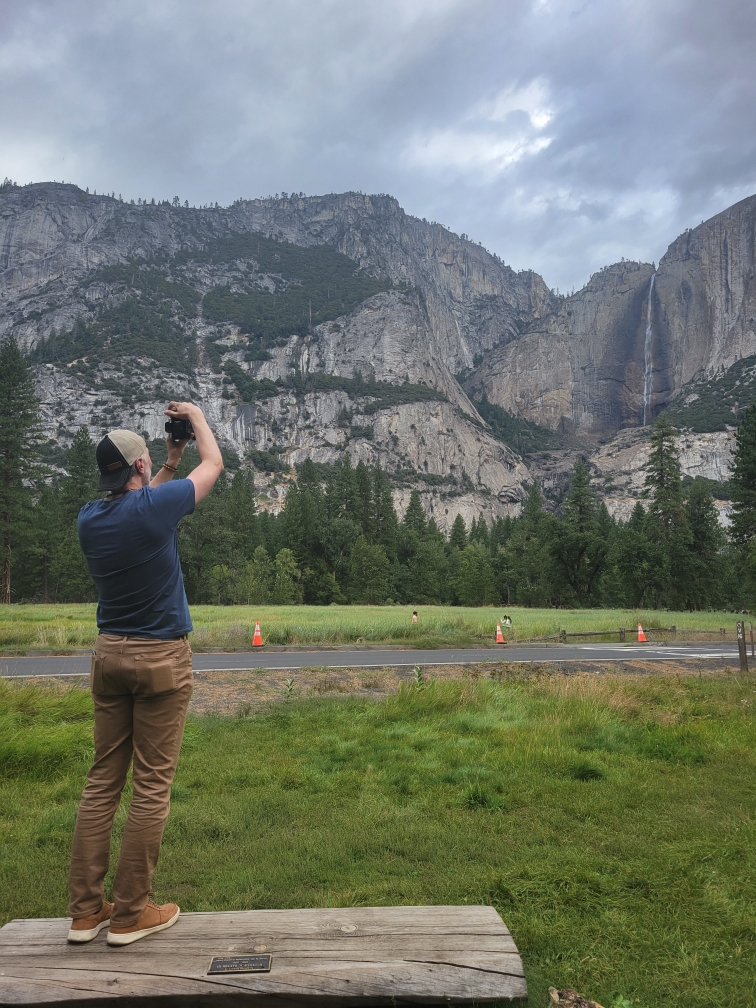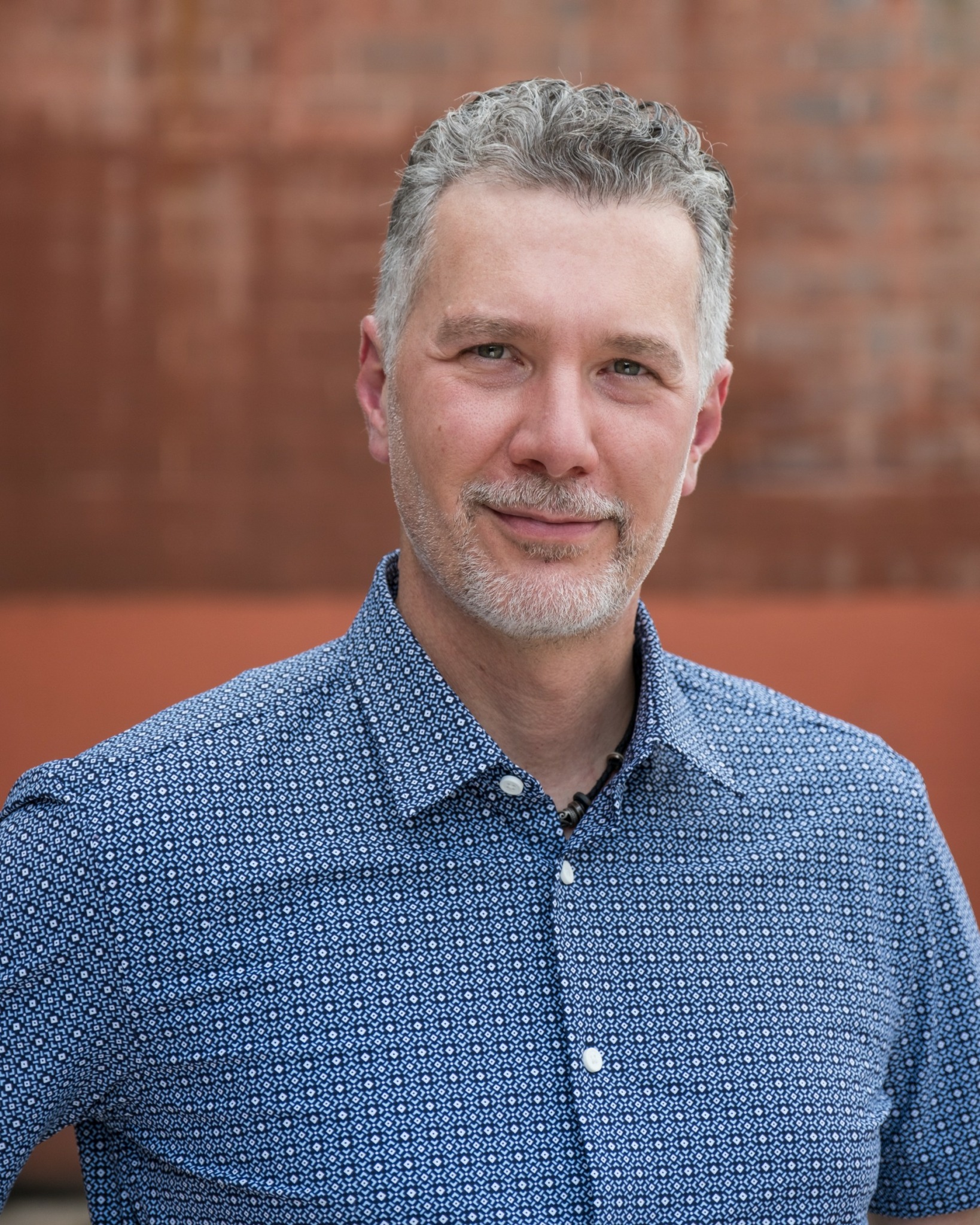We’re excited to introduce you to the always interesting and insightful Paul Lange. We hope you’ll enjoy our conversation with Paul below.
Paul, looking forward to hearing all of your stories today. What do you think matters most in terms of achieving success?
My idea of success has evolved significantly over the course of my life. What once felt like a noble pursuit has shifted as I’ve grown and my priorities have changed. For example, I pursued an acting career for over 12 years. While I didn’t make much money during that time, it was incredibly meaningful—I had the satisfaction of creating, expressing myself, and telling stories that mattered to me.
But just as I turned 40, I found myself wanting more financial stability. I made a bold shift: I left acting and dove into the world of wine. I studied for two years and eventually moved to Napa Valley, where I worked in the wine industry for seven years. During that time, I developed leadership and management skills, grew financially, and started to think more strategically—both as a businessman and as a person.
Eventually, I realized I wanted to merge these skill sets and create something of my own. That’s when I launched Lange Photo Studio, focusing on photographing the built environment. I’ve been running this business for a year and a half now. These days, much of my energy is focused on contribution and building multiple streams of income—so I can have more time to create, serve, and grow in new ways.
I believe that success is deeply personal. It’s not about chasing someone else’s definition, but tuning into what your spirit is telling you. To me, success shows up across five key areas: health, wealth, relationships, spiritual growth, and meaningful work. Each of these areas requires attention and energy. The more we can intentionally direct our energy toward nurturing them, the more fulfilled and successful we’ll feel in our lives.

As always, we appreciate you sharing your insights and we’ve got a few more questions for you, but before we get to all of that can you take a minute to introduce yourself and give our readers some of your back background and context?
I’ve had the pleasure of working in a variety of industries—starting with the U.S. Navy, then moving into life as an actor in New York City, transitioning into a role as a tasting room manager in Napa Valley, and now working full-time as a commercial photographer.
While in the wine industry, I launched a personal project called People of Wine Country, where I interviewed and wrote the stories of local winemakers, chefs, hospitality professionals, and vineyard managers. I wanted the portraits to be just as strong as the stories, and that’s where my passion for photography was born. I’ve always been someone who follows curiosity wherever it leads, and that project was a pivotal turning point.
I started with portraiture, explored different genres, and eventually discovered a deep love for photographing the built environment. My first big commercial job was for Meadowood Estates in Napa Valley, and that experience confirmed I was on the right path. While still working full-time in wine, I committed to a 4 a.m. wake-up schedule to study and develop my skills—learning how to edit, light, color grade, and manage the many moving parts of running a business.
Eventually, my wife and I made the leap—we moved to Charlotte and each launched our own businesses. Leaving a steady paycheck brought plenty of anxiety in 2024, but it also forced me to fully apply everything I had read in books about entrepreneurship: prospecting, pricing, writing proposals, sales, marketing, accounting, and file and client management. It’s been a steep but rewarding learning curve.
Today, I work with architects, interior designers, general contractors, and tourism boards. Here’s what I help them solve:
Tourism Boards: I create seasonal imagery and destination storytelling that draws visitors by focusing on what makes each location unique.
Architects and Interior Designers: I provide portfolio development and award submission visuals—images that elevate and showcase their design vision, attracting ideal clients.
General Contractors: I document project progress and capture the quality of their craftsmanship, helping them highlight the value they bring to every job.
I genuinely love this work and feel honored to create images that help people and organizations tell their stories visually.
On the personal side, I’m also developing a project titled Hallowing the Ground, which honors the lives of the enslaved by documenting the places where they lived and worked. So far, I’ve photographed five plantations and have two more scheduled this year. My hope is to turn this into a public exhibition—a space for reflection and conversation around this important part of American history.
In addition, I’m in early talks with the National Park Service’s Network to Freedom to fund and document 591 sites across the U.S. that are connected to the Underground Railroad and Harriet Tubman. We just had our first meeting, and I’m incredibly excited about the next steps.
I believe this project will be a meaningful way to leave something lasting behind—something that adds value for generations to come. This history should never be forgotten. My hope is to do whatever I can to honor and remember the resilience of those who endured unimaginable suffering as a result of our nation’s founding. In doing so, I aim to create space for reflection, education, and meaningful storytelling.

Can you open up about how you funded your business?
Photography can require a significant upfront investment, and for years I slowly migrated my way into the business. For about four years, I quietly built my skills and confidence without asking anyone for money. Each year, I used my year-end bonus from my full-time job in the wine industry to invest in high-quality gear—one piece at a time. Over five to six years, I accumulated enough equipment to take on most jobs with ease.
That job in the wine industry was crucial—it gave me the financial foundation to invest in my education and my tools. I spent that time learning the fundamentals of photography, shooting regularly, and diving deep into post-production, lighting, color theory, and the third-party software that makes images really come alive. What started as a passion project slowly grew into a full-time business.
If a larger-scale production came along that required more equipment or a full team, I would rent what I needed to meet the project’s demands. That flexibility allowed me to grow responsibly while still delivering at a high level.

For you, what’s the most rewarding aspect of being a creative?
For me, there’s nothing more rewarding than the act of creation—it’s a joy in and of itself. Whether I’m acting, writing, or photographing, the fulfillment I get from the creative process is always the same. If I could spend all my time simply creating, that would be enough. It’s where my heart is, and it’s what brings me the greatest sense of purpose and joy.
That said, I’ve come to understand that in order to protect that creative space, I had to learn about business and money. There’s really no way around it. If you want more time to create, you have to master the systems that support your creativity. That means spending a significant amount of time learning how to run a business—pricing, marketing, client management, and all the rest. But once you get good at that, you gain the freedom to return to what you love most: creating.
Contact Info:
- Website: https://www.langephotostudio.com/
- Instagram: https://www.instagram.com/langephotostudio
- Linkedin: https://www.linkedin.com/in/langephotostudio/


Image Credits
Lange Photo Studio


